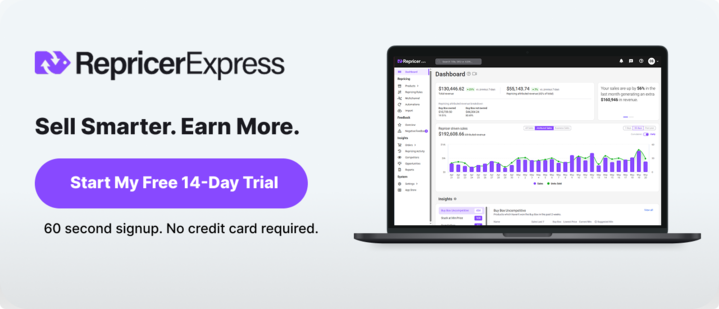Amazon’s A9 algorithm is the driving force behind product rankings on Amazon’s marketplace. Understanding how it works is crucial for sellers aiming to enhance their product visibility and sales. But how does Amazon’s A9 Algorithm Work? At its core, A9 prioritizes products that are most likely to convert into sales, considering factors like keyword relevance and sales performance.
What is the Amazon A9 Algorithm?

Amazon’s A9 algorithm is the system that determines how products are ranked in search results. Unlike traditional search engines that focus primarily on keyword relevance, A9 places significant emphasis on sales performance and conversion rates. This means that products with a strong sales history and high conversion rates are more likely to rank higher in search results.
Key Factors Influencing Amazon A9 Rankings
Understanding the factors that A9 considers can help you optimize your product listings effectively. Key factors include:
- Keyword Relevance: Making sure your product listings contain relevant keywords that match customer search queries.
- Sales Performance: Products with higher sales velocity are favored by A9.
- Conversion Rate: A high conversion rate indicates to Amazon that your product meets customer expectations.
- Product Listing Quality: Complete and detailed listings with high-quality images and compelling descriptions perform better.
- Customer Reviews and Ratings: Positive reviews and ratings enhance trust and credibility.
- Price Competitiveness: Competitive pricing can influence A9 rankings.
- Inventory Availability: Consistent product availability means your listings will remain active and visible.
How to Optimize Your Amazon Listings
To enhance your product rankings on Amazon, consider the following strategies:
- Conduct Keyword Research: Use tools to identify high-traffic, relevant keywords and incorporate them naturally into your listings.
- Optimize Product Titles and Descriptions: Craft clear, concise, and informative titles and descriptions that highlight key features and benefits.
- Use High-Quality Images: Include multiple high-resolution images showcasing your product from different angles.
- Encourage Customer Reviews: Implement strategies to solicit genuine customer reviews, as they influence both rankings and customer trust.
- Monitor and Adjust Pricing: Regularly review and adjust your pricing strategy to remain competitive within your market segment.
- Maintain Inventory Levels: Ensure consistent stock levels to prevent your listings from becoming inactive due to stockouts.
How Does the A9 Matching and Ranking Process Work?
The A9 algorithm operates in two main stages: matching and ranking.
- Matching: When a customer enters a search query, A9 identifies products that match the keywords in the query. This involves both direct matching (exact keyword matches) and semantic matching (understanding the intent behind the search).
- Ranking: After matching, A9 ranks the products based on factors like sales performance, conversion rates, and listing quality. Products that are more likely to convert into sales are ranked higher.
Common Mistakes to Avoid with A9 Amazon
To ensure your listings are optimized for A9, avoid these common pitfalls:
- Keyword Stuffing: Overloading your listings with keywords can negatively impact readability and customer experience.
- Incomplete Listings: Providing insufficient product information can deter potential customers and affect rankings.
- Ignoring Customer Feedback: Disregarding customer reviews and ratings can harm your product’s credibility and ranking.
- Neglecting Inventory Management: Stockouts can lead to inactive listings and lost sales opportunities.
Frequently Asked Questions
How often does the A9 algorithm update?
A9 continuously updates based on new data, including customer behavior and sales performance.
Can I influence my product’s Amazon ranking?
Yes, by optimizing your listings and focusing on factors like keyword relevance and conversion rates.
Do you need advertising for Amazon ranking?
While not mandatory, advertising can increase visibility and sales, indirectly influencing rankings.
Key Takeaways and Next Steps for Amazon Sellers
- Focus on Conversions: Prioritize strategies that enhance your product’s conversion rate.
- Optimize Listings: Regularly update and improve your product listings to maintain competitiveness.
- Monitor Performance: Use Amazon’s tools to track your product’s performance and make data-driven adjustments.
For a more in-depth understanding and personalized strategies, Book a Demo with our team.
Related: 8 Tips to Increase Amazon Sales in 2024



